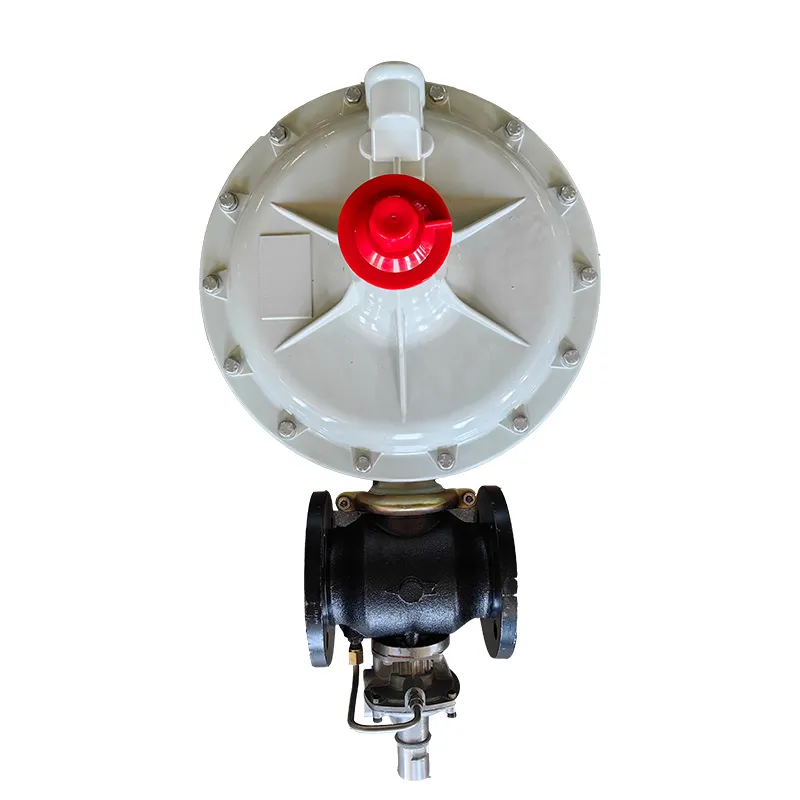
Dec . 06, 2024 09:36
Back to list
Understanding the Principles and Applications of Heat Exchanger Technology in Industry
The Importance of Heat Exchangers in Modern Engineering
Heat exchangers play a pivotal role in various industries by facilitating the efficient transfer of heat between two or more fluids. They are essential components in systems such as heating, ventilation, and air conditioning (HVAC), power generation, chemical processing, and food manufacturing. The design and operation of heat exchangers are crucial for energy efficiency, sustainability, and overall process effectiveness.
At its core, a heat exchanger transfers thermal energy from one fluid to another without mixing them. This process allows for the recovery of waste heat, improving energy efficiency and reducing operational costs. For instance, in power plants, heat exchangers are employed to reclaim heat from exhaust gases, which can then be used to preheat incoming feedwater, enhancing the overall efficiency of the cycle. Similarly, in HVAC systems, heat exchangers can recover heat from exhaust air to precondition the incoming air, thus saving energy.
There are several types of heat exchangers commonly used in industrial applications, including shell-and-tube, plate, air-cooled, and double-pipe exchangers. Shell-and-tube heat exchangers consist of a series of tubes, where one fluid flows through the tubes and another fluid flows around them within a shell. This design is favored for its robustness and versatility, making it suitable for various temperature and pressure conditions. On the other hand, plate heat exchangers, which consist of multiple thin plates stacked together, provide a larger surface area for heat transfer in a more compact form, making them ideal for applications where space is limited.
heat exchanger

The efficiency of a heat exchanger is often measured by its heat transfer coefficient, which is influenced by factors such as fluid velocity, temperature difference, and surface area. Engineers employ various techniques to enhance heat transfer rates, including the use of fins, turbulators, and modified flow arrangements. These enhancements help reduce the size of the exchanger, leading to cost savings in materials and installation while maintaining or improving performance.
In addition to their role in energy efficiency, heat exchangers are increasingly being designed with sustainability in mind. As industries strive to reduce their carbon footprint, the demand for high-performance, low-emission heat exchangers is rising. Innovations such as compact designs, advanced materials, and improved thermal management systems are being developed to meet these environmental challenges.
However, the selection and maintenance of heat exchangers require careful consideration. Factors such as fluid compatibility, pressure drop, and fouling tendencies must be evaluated to ensure optimal performance. Regular maintenance and cleaning are essential to prevent issues that could lead to reduced efficiency and increased energy consumption. The implementation of condition monitoring and predictive maintenance practices can help in identifying potential problems before they escalate.
In conclusion, heat exchangers are crucial components in many industrial applications. Their ability to transfer heat efficiently contributes significantly to energy savings and operational effectiveness. With the ongoing advancements in technology and a growing focus on sustainability, the role of heat exchangers is likely to expand, making them even more integral to modern engineering solutions. As industries continue to evolve, the innovative design and application of heat exchangers will play a vital role in achieving energy efficiency and environmental sustainability targets.
Next:
Latest news
-
Safety Valve Spring-Loaded Design Overpressure ProtectionNewsJul.25,2025
-
Precision Voltage Regulator AC5 Accuracy Grade PerformanceNewsJul.25,2025
-
Natural Gas Pressure Regulating Skid Industrial Pipeline ApplicationsNewsJul.25,2025
-
Natural Gas Filter Stainless Steel Mesh Element DesignNewsJul.25,2025
-
Gas Pressure Regulator Valve Direct-Acting Spring-Loaded DesignNewsJul.25,2025
-
Decompression Equipment Multi-Stage Heat Exchange System DesignNewsJul.25,2025

